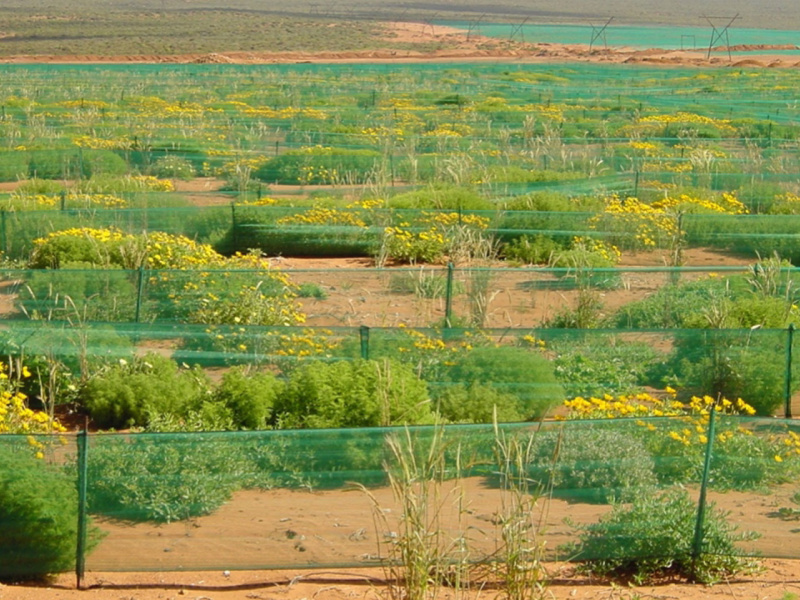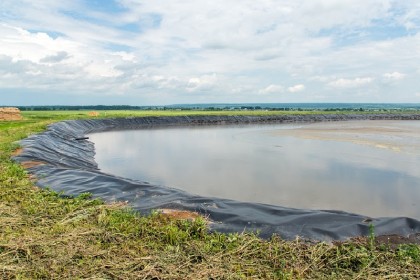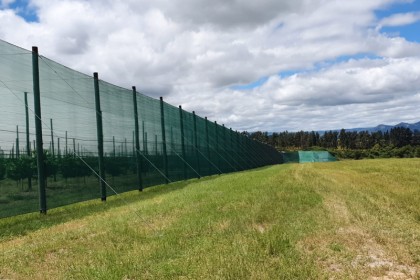
Enhancing Crop Production and Protection
In the world of modern agriculture, managing environmental conditions is a crucial aspect of ensuring optimal crop growth and protection. Agricultural shade netting, often referred to simply as shade netting or agricultural shade cloth, is a versatile tool that plays a significant role in achieving these goals. This article explores the benefits, applications, and considerations associated with agricultural shade netting.
Understanding Agricultural Shade Netting
Agricultural shade netting is a woven or knitted fabric made from high-density polyethylene (HDPE) or other materials. It is designed to provide varying degrees of shade, controlling the amount of sunlight, wind, and rain that reaches the crops. Shade netting typically comes in different shade percentages, ranging from 10% to 90%, with the higher percentages offering greater shade and protection.
Benefits of Agricultural Shade Netting
- Temperature Control: Shade netting helps regulate temperature by reducing the intensity of direct sunlight. This is particularly important in regions with scorching summers, as excessive heat can stress and damage crops.
- Sunlight Management: By filtering sunlight, shade netting provides ideal conditions for crops that may be sensitive to intense or prolonged sunlight. It prevents sunburn and overheating.
- Protection from Hail and Frost: During extreme weather events, such as hailstorms or frost, shade netting offers a protective barrier, reducing crop damage.
- Water Conservation: Shade netting can help conserve water by reducing evaporation, allowing irrigation to be more efficient.
- Pest and Disease Control: Netting acts as a physical barrier, preventing pests and airborne pathogens from reaching the crops.
- Enhanced Growth and Yield: With better temperature and humidity control, crops can thrive, leading to increased growth and yield.
Applications of Agricultural Shade Netting
- Greenhouses: Shade netting is used in greenhouse structures to control light intensity and temperature. It allows growers to create optimal conditions for various crops.
- Open Fields: In open fields, shade netting can be suspended over rows of crops, offering protection against intense sunlight, hail, or frost.
- Nurseries: Shade netting is commonly used in plant nurseries to provide ideal growing conditions for young plants and saplings.
- Orchards and Vineyards: Orchards and vineyards often utilize shade netting to protect fruit from sunburn and birds.
- Livestock Farming: Shade netting also benefits livestock by providing shade and reducing heat stress.
Considerations for Using Agricultural Shade Netting
- Shade Percentage: The choice of shade percentage depends on the specific crop, location, and climate. Understanding the crop's sunlight requirements is crucial.
- Material Quality: High-quality shade netting is essential for durability and long-term use. UV-resistant materials are preferred for extended life.
- Installation: Proper installation is vital to ensure the netting is securely fastened and does not damage the crops it is meant to protect.
- Maintenance: Regular inspections and maintenance are necessary to ensure the netting remains in good condition.
In conclusion, agricultural shade netting is a valuable tool for modern agriculture, helping to manage environmental conditions, protect crops, and enhance yield. Its flexibility and adaptability make it an essential resource for farmers and growers, allowing them to optimize crop growth while minimizing risks associated with harsh weather, pests, and disease. By harnessing the benefits of shade netting, agriculture can become more resilient and sustainable.
For other agricultural products and services, click here.












